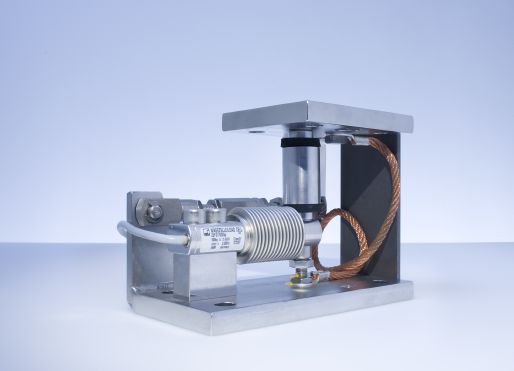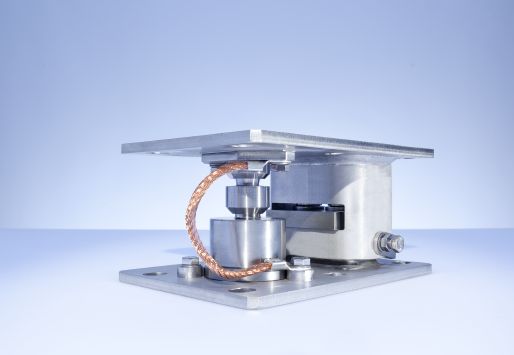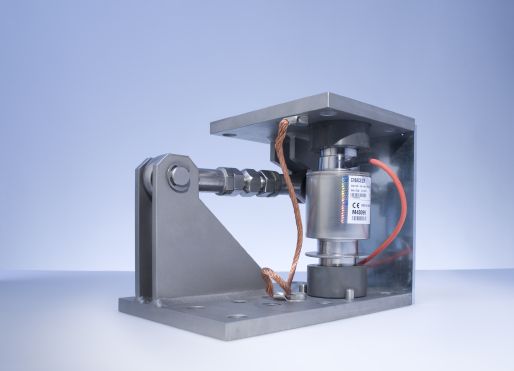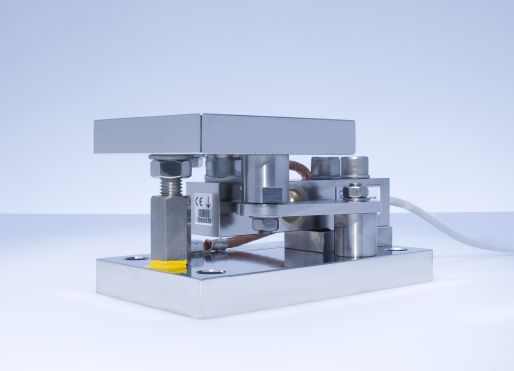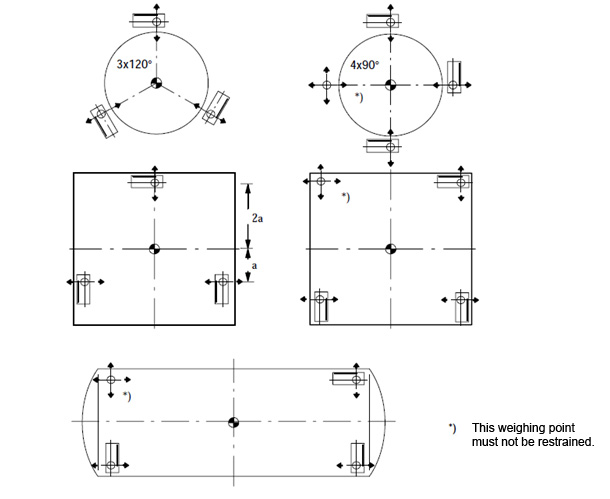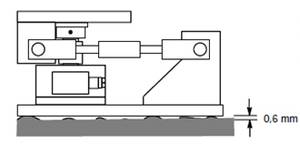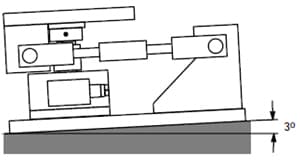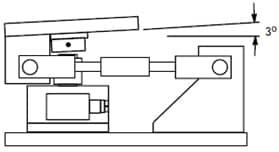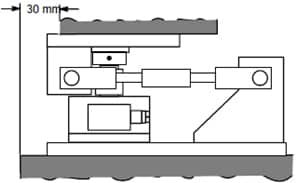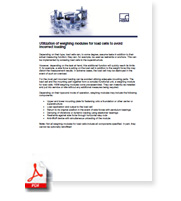HBM weighing modules can be fitted with OIML R60-compliant load cells and are thus also suitable for legal-for-trade applications.
Benefits of HBM weighing modules:
- Maintenance free
- Space-saving installation through minimal height of construction
- Easy mounting
- Galvanized or stainless-steel versions available
- EEx(i) load cell version available on request
- Partly fitted with anti-liftoff device
- Fitted with stay rod
- Selected modules available with overload stop
Note: Not all weighing modules for load cells include all components specified. In part, they cannot be optionally retrofitted!
HBM aims to continuously expand the range of weighing modules. Please refer to the latest product catalog for information on new components.
